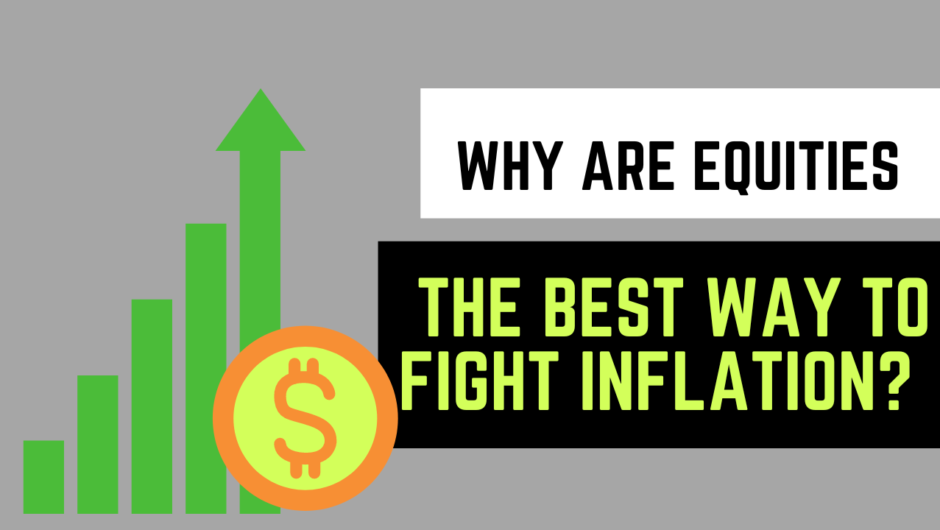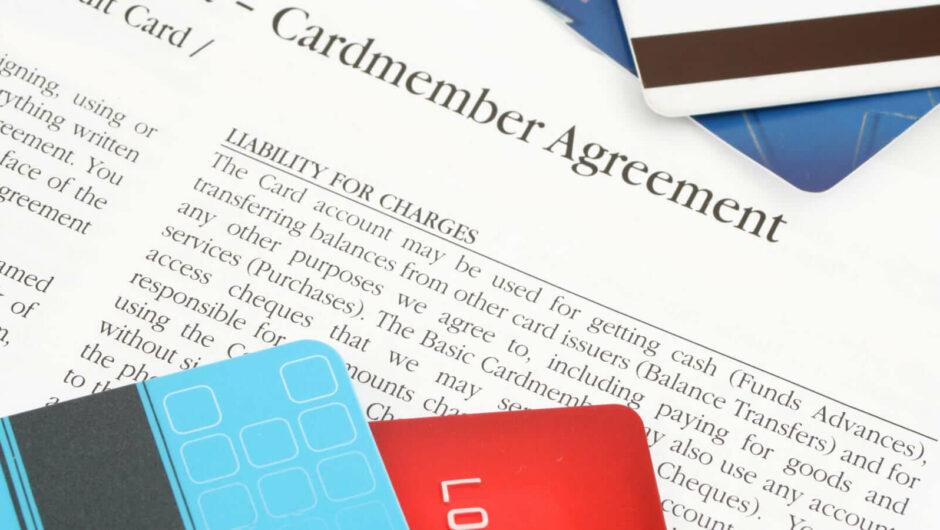Technology is evolving constantly, but the transportation business is suffering from the same problems as ever. The problem is that it is more dangerous than it ever was. However, the risk is not unbearable. The primary way to handle freight hazards is to liaise with a trusted logistics service provider and practice proper and secure shipping packaging. However, it is best to insure the cargo against transportation accidents through marine insurance.Let’s first understand what is marine insurance?
Marine insurance provides protection against a large number of risks, with regard to a wide variety of aspects of insurance, viewed in relation to the effects of the weather, adverse physical forces, and the inherent nature of trade practices. However, since marine insurance is often a business expense, one cannot be too reckless with purchasing a policy at the first price they are asked. It is important to know what the policy is offering, the cost it is offering it at, and what is included in the cost. Here are a few factors that determine the price of marine insurance:
Type of cargo
Cargo is one of the most important factors that underwriters pay attention to when you want to buy marine cargo insurance. There can be many different types of goods to transport. To name just a few, consumer goods, industrial goods, and many others. For example, since there is a total loss when exposed to seawater, the risk of transporting cement is higher. Hence, cement always contributes to a higher insurance premium. On the other hand, metal is a safer type of commodity compared to cement because it is not damaged if contaminated. The higher the salvage value of the cargo, the safer it is for insurance providers and therefore the lower the premium rates. Another type of product that usually attracts high prices is perishable goods. Due to the nature of the goods, the goods have low salvage value if damaged.
Distance of transport
The distance that the shipment would cover is also a decisive factor in the insurance premium. Not only is the distance important, but the nature and quality of the voyage also plays a huge role in determining the premium. For example, transportation from Singapore to Hong Kong is a relatively peaceful voyage through Southeast Asia. On the other hand, a voyage from the Philippines to the USA is likely to have a significantly higher rate as it will have to pass through unpredictable weather in the Pacific Ocean. Moreover, the ports of a developing country may not have as good facilities as a developed country. So, the port of loading and discharge also plays a big factor.
Loss ratio
Whenever you go to a commercial insurance provider, they will ask you if you have made any claims in the last 3 years. This question is also given in the proposal form of the marine insurance policy purchase. If you are buying the policy for the first time, the short and sweet answer you need to give is no. However, if you have been working for a few years and you already have a history of claims, insurer will take into account the details of their claim and the nature of the loss. Also, insurers would like to know what you have done to avoid the possibility of more claims. This will help your company better understand the nature of the risk and give them a better value for your premium.
* Standard T&C Apply
Insurance is the subject matter of solicitation. For more details on benefits, exclusions, limitations, terms and conditions, please read sales brochure/policy wording carefully before concluding a sale.

Hey, this is Johny Sehgal. I am the owner and caretaker at Finance Jungle. I completed my education in BSC and now heading towards the digital marketing industry. I usually have interests in reading, playing games and watching movies. I also love to write content based on quality information. The main motive of mine is to provide the top and best quality information to my readers. Finance Jungle is the blog for the same.












